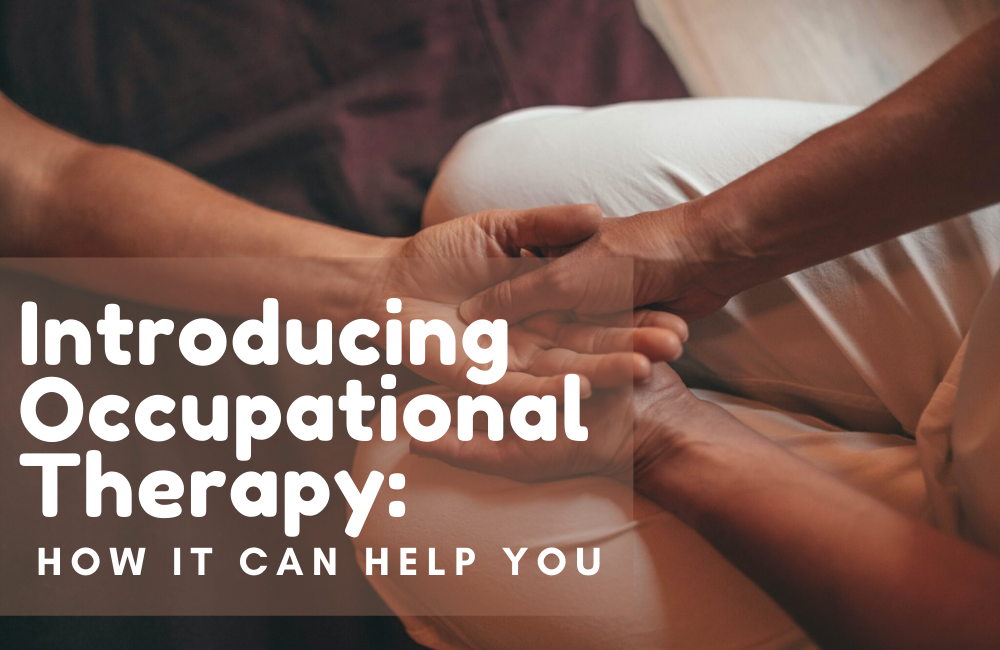Suppose your loved one recently suffered from a stroke, fracture, or other prolonged injuries and diseases. Their doctor might have encouraged you to try occupational therapy to improve their situation. If you feel you need to know more about this treatment, this article will give you a quick background about this form of therapy and how it could help you and your loved one.
What Is Occupational Therapy?
Occupational therapy is the process of helping patients recover from their sicknesses by developing, improving, and maintaining their motor skills. This can eventually allow them to continue living or working with a semblance of normalcy. It is widely known as the go-to treatment for people wanting to recover from certain conditions.
This therapy aims to help patients maximize their inherent skills and abilities and continue to live a normal life despite some limitations. The process may sometimes overlap with physical therapy (which focuses on increasing the patient’s strength and flexibility), but occupational therapy differs in priority. It includes stretching and exercising to improve the patient’s flexibility, mobility, and power.
In the end, the therapy aims for the patients to function on their own again and do simple tasks from picking up things, getting dressed, and many others.
What Happens During Occupational Therapy
The therapist may use different methods depending on what the patients need. Here are some of the activities you can expect.
- Movement Therapy: The process of using motor patterns to increase a patient’s capacity to perform complex movements.
- Daily Activities: The focus here involves self-care, communication, mobility, and the use of assistive devices.
- Therapeutic Activities: This includes exercises that would help the patients regain their strength, develop their social skills, enhance their sensation, and improve their perception.
- Prosthesis: In this method, the therapist helps the patient adjust and develop functional use of their prosthesis.
- Orthosis or Splinting: This method makes use of temporary or long-term splints to correct one’s deformities. It also helps support and restores a weakened muscle’s function.
What to Expect After the Therapy
Patients who underwent occupational therapy may enjoy the following benefits, given that they successfully finish their recommended sessions.
- Become Independent Again: Patients can successfully regain their motor skills again and recover from their psychological and neurological limitations after successful occupational therapy. They can perform daily tasks, again such as cleaning the house, dressing themselves, walking, and even driving.
- Reenter the Workforce and School: They can return to the workforce or school, living life in the manner they choose.
- Identify and Purchase the Right Equipment: Should the patient experience physical changes during their injury or illness, the therapy would help them adapt quickly and use the appropriate equipment, like wheelchairs and bathroom safety devices.
- Recover From Being Hospitalized for So Long: Staying inside the hospital can make one lose their muscle strength, balance, and coordination. Occupational therapy can bring those back.
Conclusion
Occupational therapy is a good option if you want your loved ones to regain not only their independence but their confidence as well. From beginning to the end, the occupational therapist can help them reach their goals and guide them throughout each treatment session. If they need help removing the emotional, social, and physical barriers from certain illnesses and injuries, consider this treatment.
Bridge Home Health & Hospice is committed to providing the highest quality home-based patient care in an atmosphere of respect for human dignity. We have specialty programs to ensure that the patients continue their recovery and rehabilitation safely and comfortably at home. If you need assistance, contact us at (800) 476-0043.

